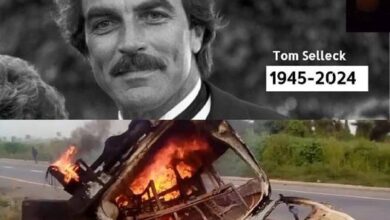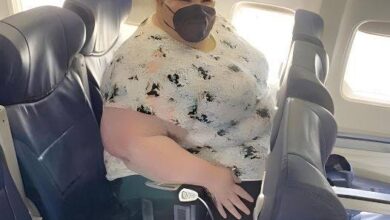Chilling words of fighter jet pilot who witnessed ‘ghost plane’ crash that killed all 115 passengers and crew onboard
The chilling words of a fighter pilot who witnessed a plane crash into the mountainside have resurfaced online.
In August, 2005, Greece was devastated when Helios Airways Flight 522 crashed into a mountainside just north of Athens – killing 115 passengers and six crew members onboard.
The plane had departed from Larnaca in Cyprus just after 9am on 14 August and was destined for Prague, via a quick stopover in Athens.
However ground crew in the Greek capital would be left baffled after their radio calls to Flight 522 went unanswered. The aircraft was last heard from shortly after departing Larnaca airport when the pilots reported an air conditioning warning to ground staff.
Nearly twenty years on from the deadliest aviation accident in Greek history, the series of fatal mistakes which led to a crash that killed everyone on board are still no easier to come to terms with.
The 115 passengers and six crew members onboard Helios Airways Flight 522 were tragically killed on 14 August, 2005, after the plane crashed into a hillside near the village of Grammatiko before bursting into a fireball.
Only one person remained completely conscious throughout the ordeal, while holidaymakers and airline staff were knocked out as the ‘ghost plane’ was stuck in a loop at 35,000ft in the air.
The seemingly routine one-hour-and-45-minute flight on the Boeing 737-300, nicknamed ‘Olympia’, was flying from from Larnaca in Cyprus, to Prague, when it turned into one of the most bizarre aviation disasters the world has seen.
After air traffic control were unable to get in touch with Flight 522 for more than an hour after take off, the Greek military decided to send two F16 fighter jets up to determine what was going on.
Chillingly, they noticed the first officer slumped in his seat at the controls, while the captain’s seat was empty – and inside the cabin, passengers were unconscious, despite oxygen masks dangling down.
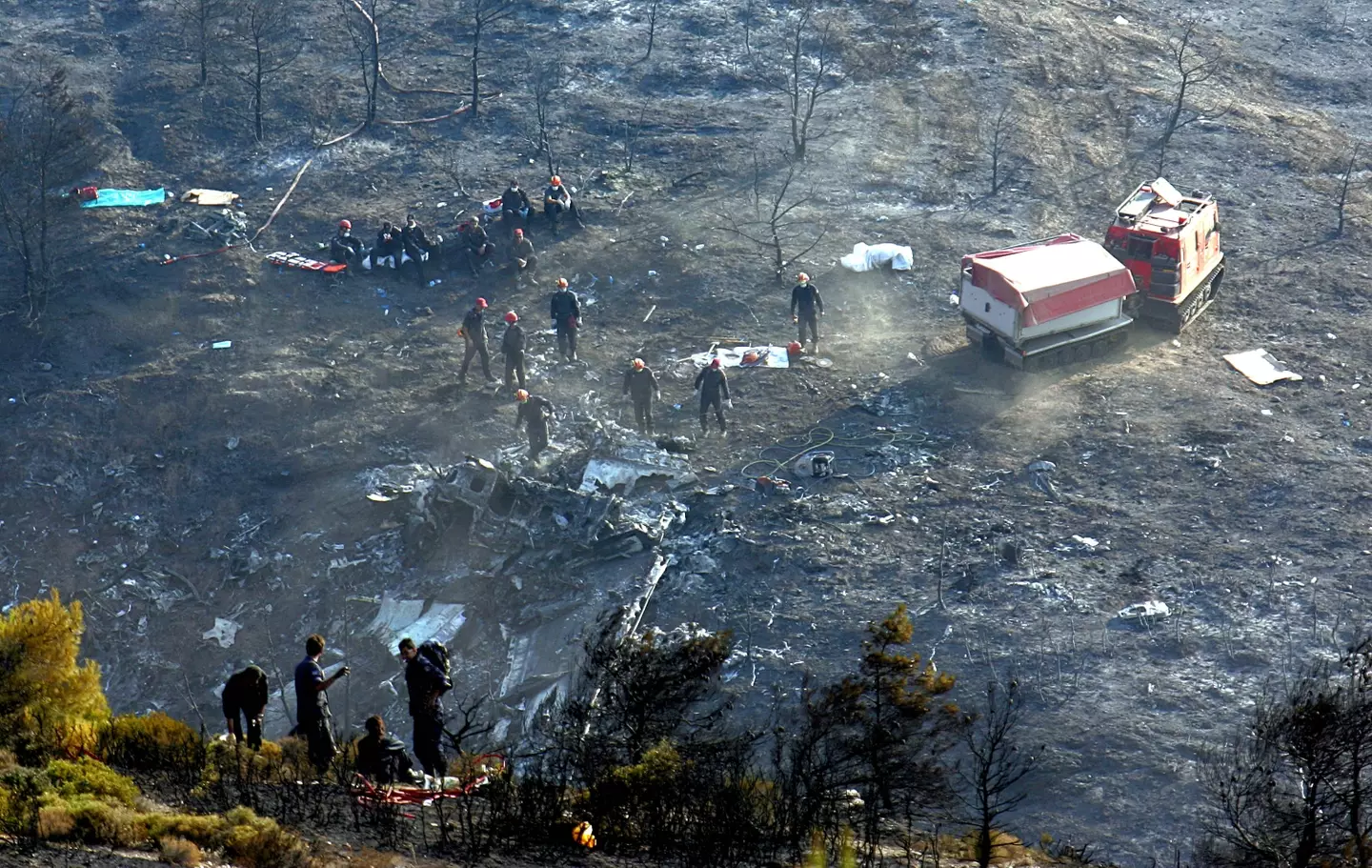
Those onboard Helios Airways Flight 522 met a grisly end (Milos Bicanski/Getty Images)
The fighter jet pilots helplessly watched on as the Helios Airways jet flew aimlessly around in the sky, well aware of the inevitable disaster which awaited when it finally came to a stop one way or another.
And it was all down to a single switch which set off a series of catastrophic events, an investigation by Greece’s Air Accident Investigation and Aviation Safety Board (AAIASB) found.
Captain Hans-Jürgen Merten, 58, was sat in the cockpit with first officer Pampos Charalambous, 51, and the duo boasted thousands of hours of flying as well as decades of experience between them.
But for some reason, the accomplished pair decided to ignore the cabin altitude warning horn which sounded as they reached an altitude of 12,040ft, which should have encouraged them to stop their ascent.
It is thought they may have believed it was instead the take-off configuration warning, which indicates that the aircraft is not ready for take-off, as both sounds are identical.
Several warning lights then lit up in the cockpit over the next few minutes – but again, the pilots did not click on.
The plane continued its climb, while the crew were completely unaware that the aircraft was experiencing a gradual loss of cabin pressure, which caused oxygen levels onboard to plummet – triggering the masks in the passenger cabin to deploy.
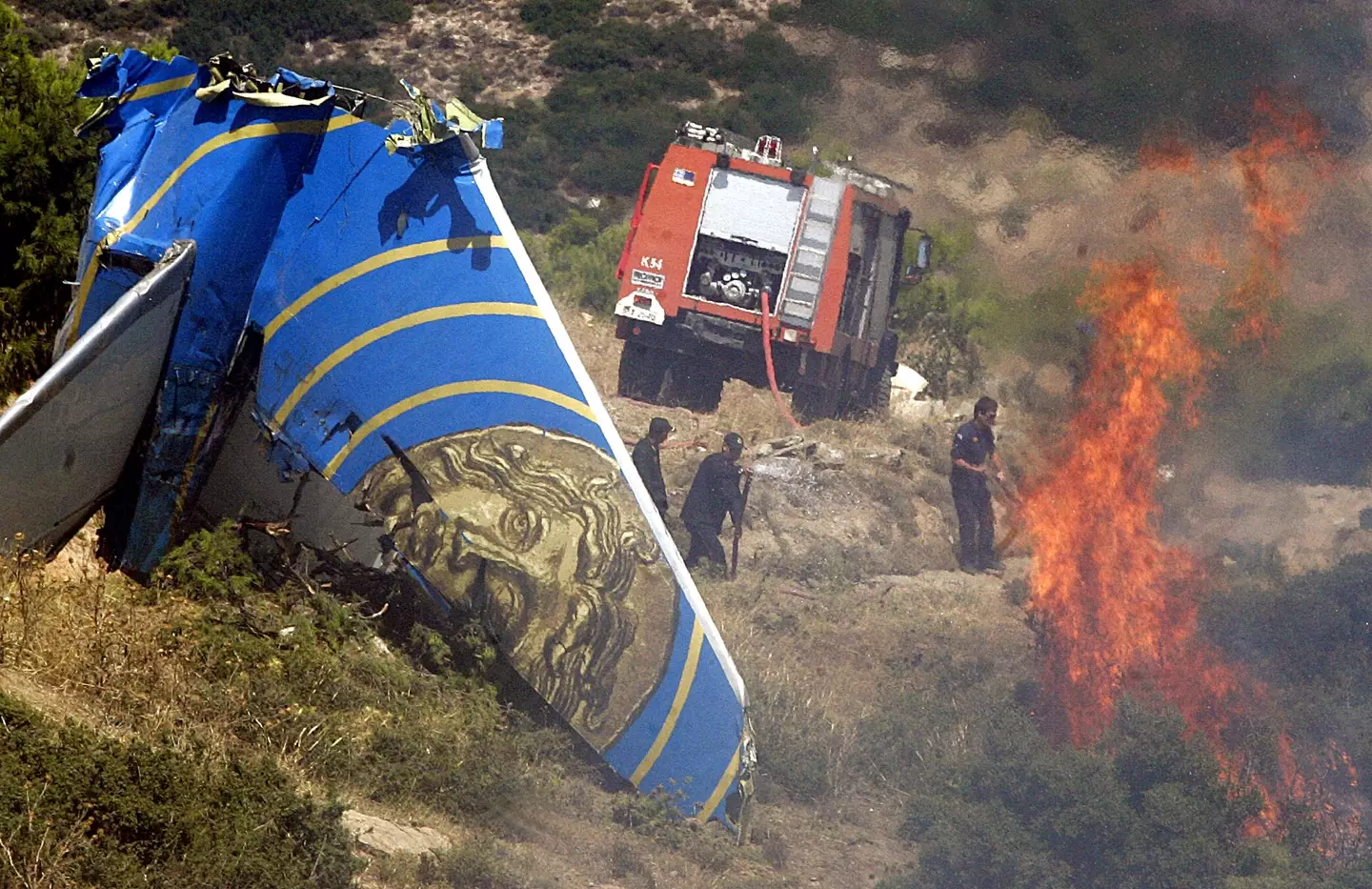
The Boeing 737-300 burst into flames after smashing into a Greek hillside (LOUISA GOULIAMAKI/AFP via Getty Images)
Captain Merten contacted the Helios operations centre to report that ‘the take-off configuration warning was on’, as well as that the ‘cooling equipment was normal and alternate off line’ and the ‘cooling ventilation fan lights were off’.
He was asked to confirm that the cabin pressurisation system was set to auto rather than manual, but he disregarded the question and continued to discuss the issues – as he was already beginning to experience hypoxia.
This term refers to people experiencing low levels of oxygen in their body tissues which causes confusion, restlessness, difficulty breathing, rapid heart rate bluish skin, and loss of consciousness.
Soon, the pilots and everyone on board were completely conked out, and Flight 522 remained soaring in its holding pattern in autopilot for a number of hours.
The fighter jets were sent up, and their only hope of avoiding an even larger tragedy was flight attendant Andreas Prodromou, who had managed to stay conscious thanks to a portable oxygen supply.
He entered the cockpit and plonked himself in the captain’s seat in a desperate attempt to regain control of the plane.
Prodromou held a UK Commercial Pilot Licence, but was not qualified to fly the Boeing 737, and despite his best efforts, his fate was sealed – he waved at the fighter jets briefly, before the left engine faltered and the plane began to drop.
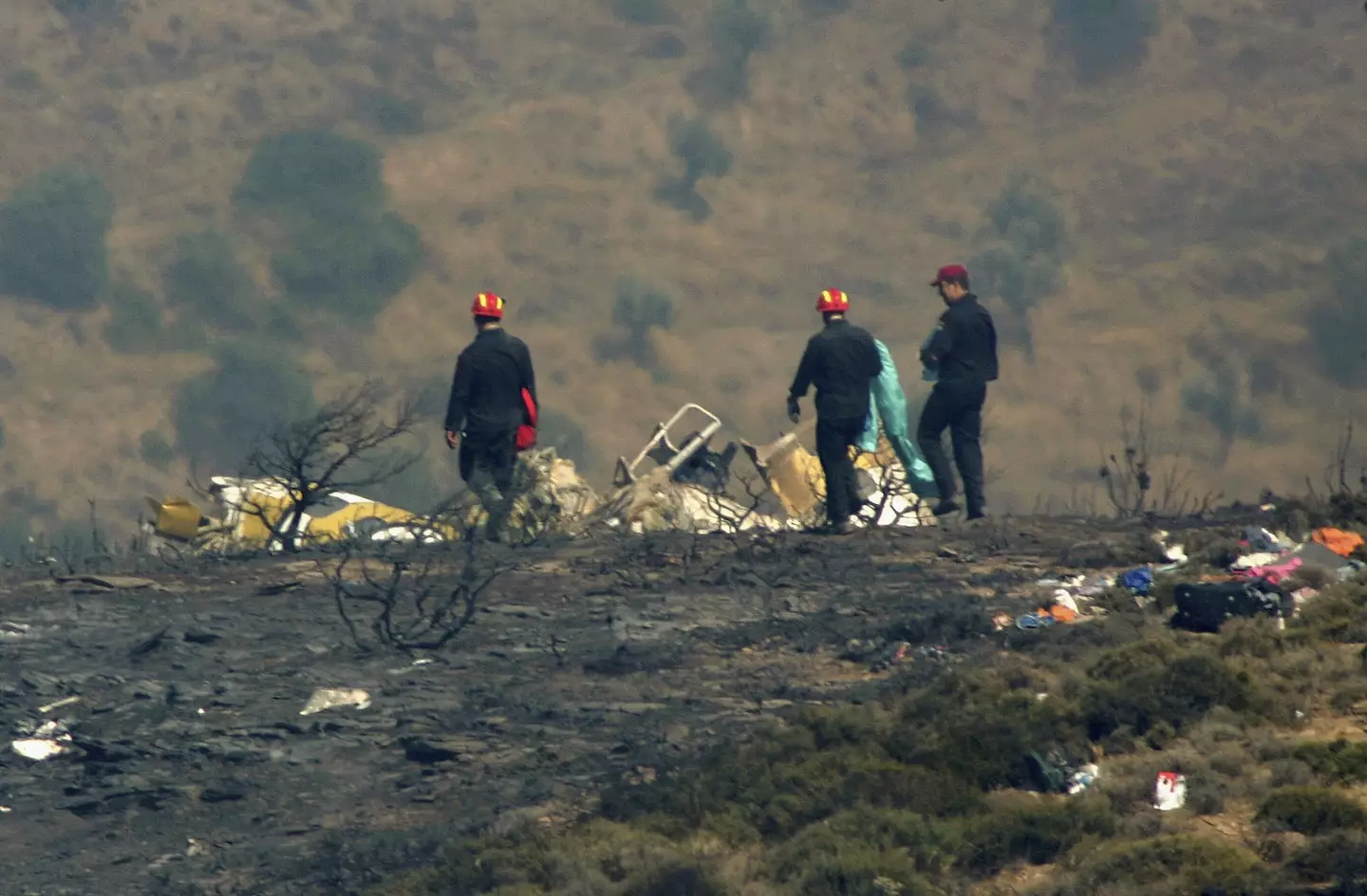
121 people died in the tragedy (Milos Bicanski/Getty Images)
Even though he would have been aware he wouldn’t make it out alive, the 25-year-old made the selfless decision to try and divert the plane away from Athens to avoid any more casualties and instead directed it towards a rural area.
Just 10 minutes after the left engine failed, the right engine also flamed out, and the Helios Airways aircraft plummeted into a hillside situated about 25 miles from Athens.
It burst into flames upon impact, meaning the large majority of bodies were burned beyond recognition, with autopsies later revealing that those onboard were likely still alive at the time of the crash.
An investigation by Greek authorities and Helios Airways ensued, which found that a switch was responsible for the chaos which erupted in the skies, shocking Europe.
When the plane had arrived at Larnaca from London earlier that day, the original flight crew had complained about a frozen door and hearing strange noises emerging from the service door.
They requested a full inspection of it, seeing a ground engineer conduct a pressurisation leak check, and to do this without the engines being on, he had to set the pressurisation system to ‘manual’.
But he never switched it back to ‘auto’ after carrying out the test – so as the plane climbed up through the clouds, it depressurised without any crew members realising what was going on.
As well as this, several incidents of issues with cabin pressure had been recorded onboard a number of prior flights.
Families who lost loved ones on the doomed flight filed a slew of lawsuits against both Helios Airways and Boeing, and the airline was shut down by the Cyprus government in 2006.
Featured Image Credit: Milos Bicanski/Getty Images/LOUISA GOULIAMAKI/AFP via Getty Images
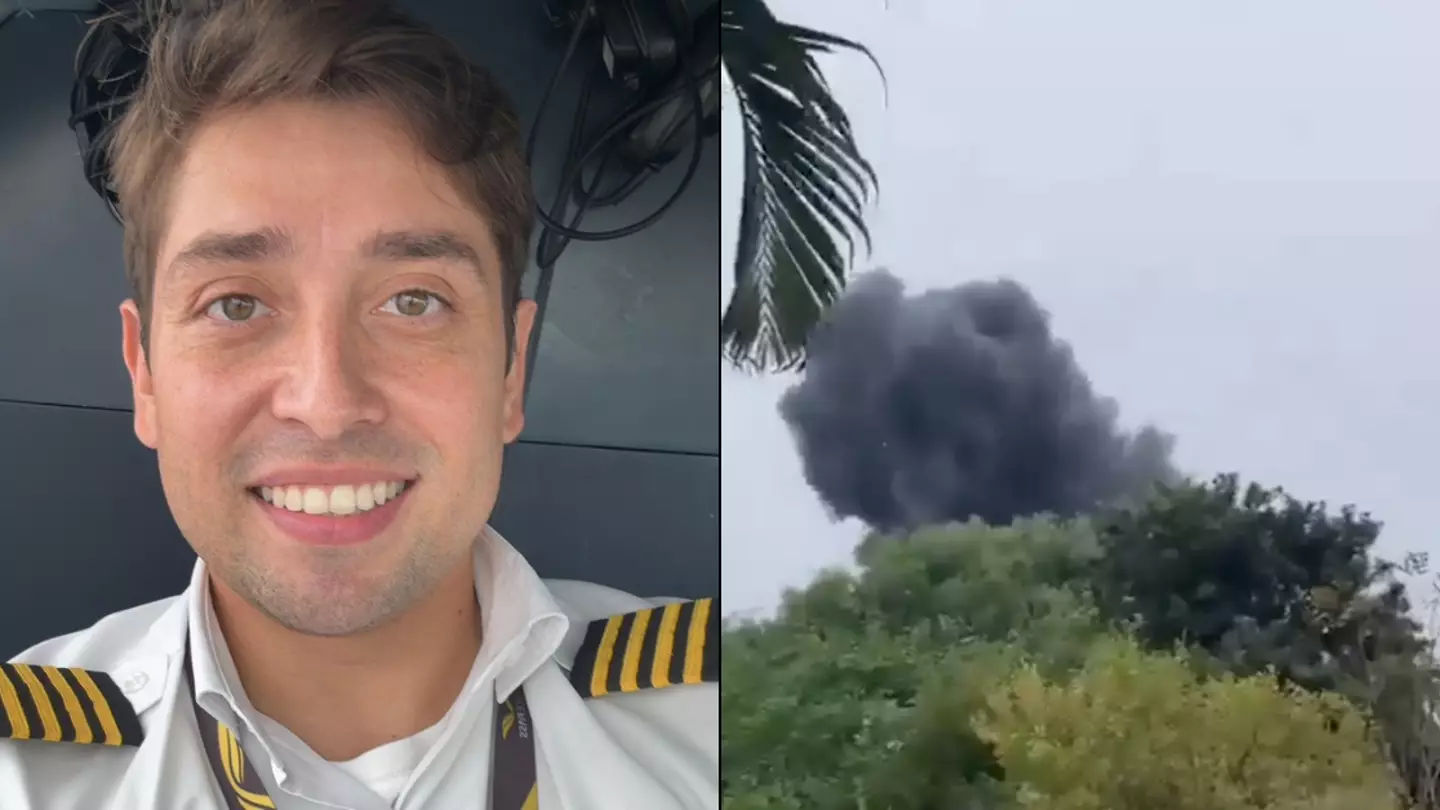
The transcript revealing the last words of the pilots of the passenger jet that tragically crashed and killed everyone on board has been revealed.
Investigators have discovered the plane’s black box, meaning that the ‘full transcript’ from the voice recorder of the VoePass aircraft that crashed on Friday (9 August) is now accessible.
The plane was carrying 62 people, believed to be 58 passengers and four crew members, as it was travelling from Cascavel, in Parana to Guarulhos, in São Paulo.
It was reported that the aircraft crashed in the residential area of Vinhedo, home to over 80,000 people, with São Paulo’s fire brigade rushing to the city shortly after the incident – luckily, nobody on the ground was injured.
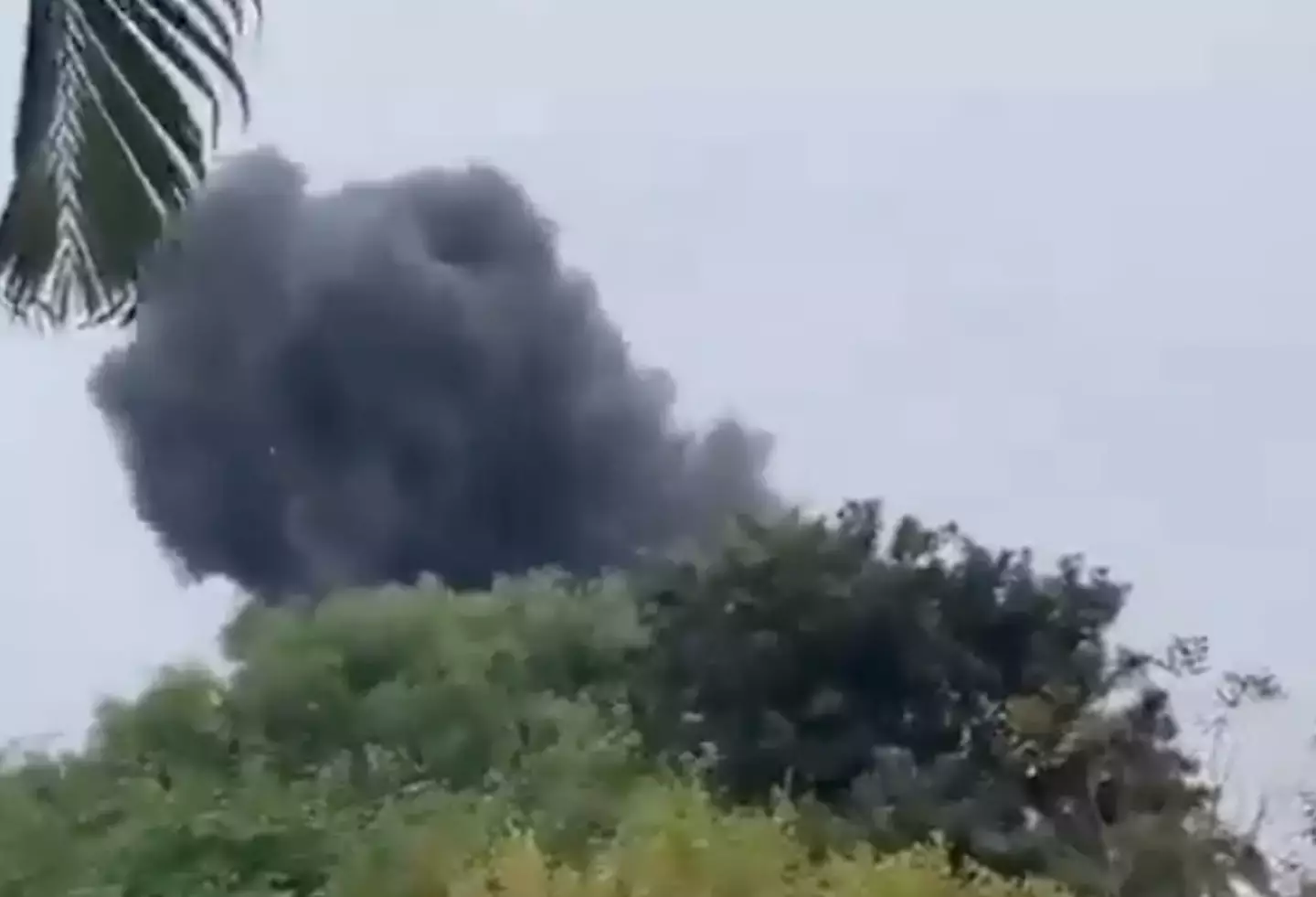
It was later revealed that, according to flight tracking site Flightradar24, the ATR-72 turboprop plane left Cascavel at 11:56 local time, giving its last signal approximately an hour and a half later.
The site also found that the flight was flying at 17,000 feet before it crashed, and a ‘severe icing’ warning had been sent out at an altitude between 12,000 feet and 21,000 feet.
According to Sky News, icing issues can reduce an aircraft’s thrust, therefore decreasing its lift and increasing its drag – two things you don’t want happening in mid-air.
One passenger on board sent a selfie to her parents before take-off, sharing her concern at the ‘old plane’ that had her feeling ‘afraid of this flight’, before the aircraft’s fatal crash.
Footage shared online shows the plane descending at speed, not in an expected nosedive, but rather spinning completely out of control before crashing.
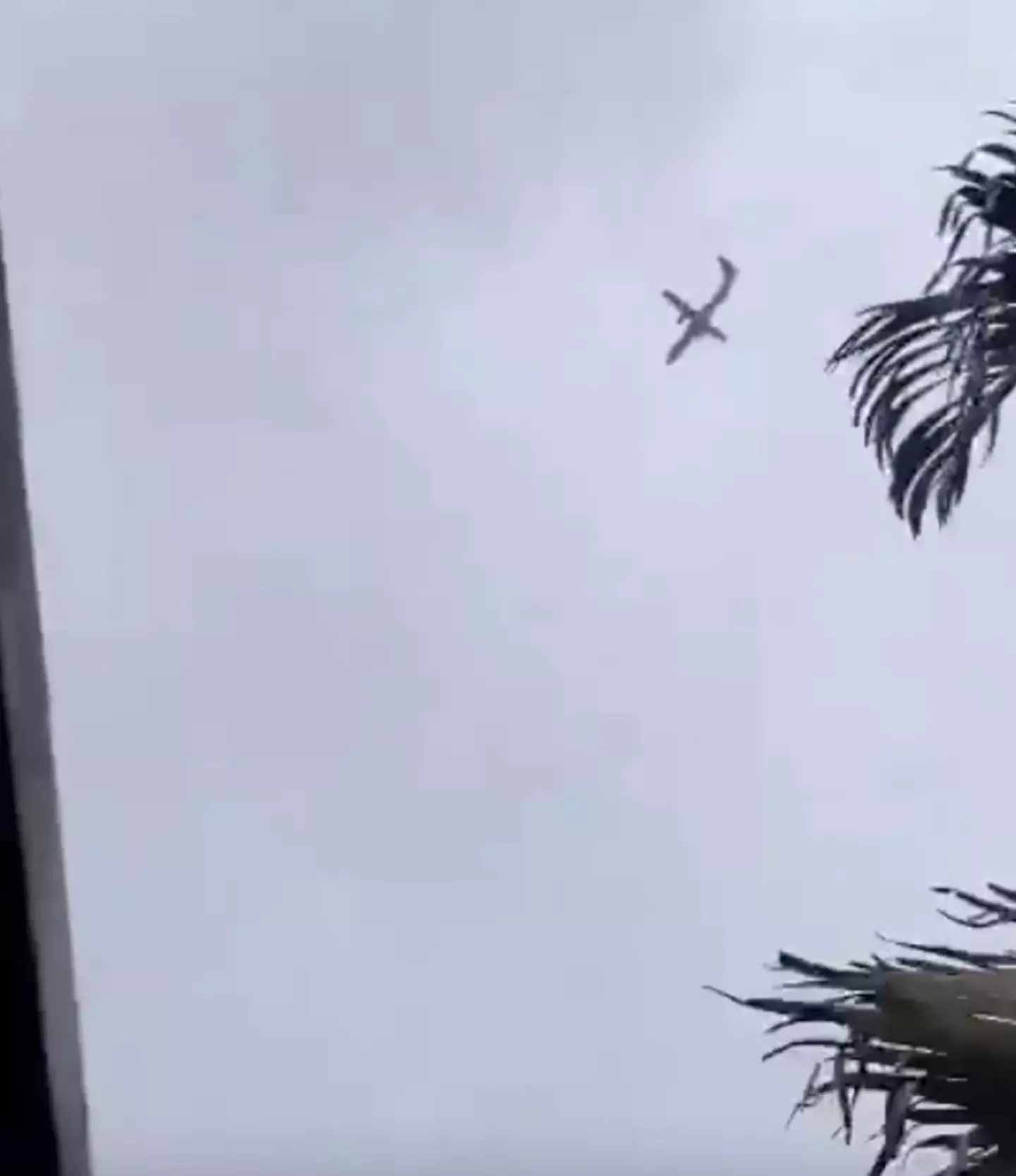
The plane horrifically spun out of control before its tragic end. (X)
The reason behind its crash is still unknown, though uncovering the aircraft’s black box is said to have revealed what the pilots allegedly said before the tragic incident.
According to the transcript, both the pilot and copilot noticed a steep loss in altitude just one minute before the crash, as per local TV station Globo, who cited unnamed people from the investigation on Wednesday (14 August).
The two-hour recording reportedly revealed that copilot Humberto de Campos Alencar e Silva asked pilot Danilo Santos Romano: “What is going on?”
Silva also allegedly said that the plane needed ‘more power’ to stabilise the aircraft.
Following the crash, Brazilian president Luiz Inácio Lula da Silva said in a video via CNN: “I would like everyone to stand up so that we can observe a minute of silence because a plane has just crashed in the city of Vinhedo, in São Paulo, with 58 passengers and four crew members and it appears they all died.”

Pilot Danilo Santos Romano. (LinkedIn)
The director of operations for VoePass, Marcelo Moura, shared that even though there was an ice warning in place, the aircraft was in an acceptable window.
A full statement on the matter from VoePass said: “The aircraft took off from Cascavel-PR bound for Guarulhos Airport, with 58 passengers and four crew members on board. VOEPASS has taken all measures to support those involved.
“There is still no confirmation of how the accident occurred or the current situation of the people on board. The Company is providing support via telephone at 0800 9419712, available 24 hours a day, providing information to all its passengers, family members and employees.”



